Cooking 101: Introduction to Winter Squash
The other day at the store, I picked up this beauty:
It’s a carnival squash, for anyone who doesn’t recognize it (that would be me, before I read the handy label). In a blogging world full of recipes for acorn, butternut, spaghetti, Kabocha, pumpkin, and pretty much any and all other squashes out there, you really don’t hear many people talk about these little guys.
In reality, the carnival squash is not much different than a lot of other winter squashes out there. It tastes similar to a sweet potato and butternut squash, with perhaps a bit less natural sweetness.
I definitely am someone who has been intimidated by winter squash in the past. Summer squash, not so much. It wasn’t that I was necessarily scared of whether I would like the taste (there isn’t much I don’t like in the way of food), I was just intimidated by the process winter squash seemed to entail.
To be honest, I couldn’t help but look at them and imagine some horrendously violent kitchen accident that resulted in me losing a finger. Any out there with a similar fear? I also really didn’t know how to choose among them:
Do I pick the smallest or the largest? Lightest or heaviest? Does the coloring affect the taste? How do I chop it up? Can I eat the skin? And the questions go on and on…
So in an effort to answer these questions and conquer my fear of winter squash, I decided to do a little “foodie’” research, if you will. And, of course, I’m here to share all the goods and details with you!
Please forgive me if none of this information is new to you.
Winter Squash Facts & Tidbits:
- Winter squash are actually warm weather fruit. But are called winter squash, due to their ability to be kept and stored for long periods of time!
- They are high in vitamins A & C, iron, calcium and riboflavin, as well as fiber and many other great things.
- Generally, winter squash can be stored in a cool, dark place for up to a month or more. Another reason to love them, if you ask me!
- Between 50-55 degrees is a great storing temperature.
- Peak season for all winter squash is October through November. Crap! That doesn’t leave much time left.
How to Pick a Perfect Winter Squash:
- Always choose a winter squash that feels heavy for its size.
- Look for hard, deep colored flesh with as few blemishes as possible! (Apparently, beauty and aesthetics are extremely important for squash.)
- Tender rind = immature squash and thus, lackluster taste. If you can puncture the skin with your fingernail, put it back!
- Variations in color generally don’t affect taste! With the exception of spaghetti squash, which tends to taste better if it is darker in color and larger in size.
- Generally 1/3 – 1/2 lb of raw, unpeeled winter squash yields about 1 serving.
- Feel free to substitute one variety of squash for another!
- Reserve the seeds and toast them for a great snack!
- Avoid storing near apples, avocados, and other ethylene producing fruits! This will speed up the ripening process.
Cooking Tips?
All in all, you just need a sharp knife, a little concentration and some arm muscle. Believe it or not, I found that using a serrated knife (specifically, bread knife) to cut my carnival squash open was a horrible method.
One of my favorite ways to eat squash is simply sliced wedges (with the skin on) roasted with some olive oil and sea salt. I roasted this at 425 degrees for about 25 minutes, flipping half way through.
In general, I think roasting is one of the best ways to ease yourself into using a new and unfamiliar ingredient, be it winter squash or any other type of vegetable out there. Not to mention, it just tastes good.
It tastes even better with some freshly grated parmesan sprinkled on top (the good stuff!).
Side Note: The carnival squash rind was a bit too tough to eat (let alone peel off with a knife), but you can easily eat around it!
I hope these tips and bits of information help anyone out there, like me, who has felt intimidated by cooking with winter squash in the past! As for me, doing this little bit of research has made me even more excited to go out there and cook with some of the less familiar squash out there. Such as the Hubbard Squash (pictured below), I saw recently at Whole Foods.
Ok…I have to admit, it still looks pretty damn scary, but I think I may be up to the challenge. Though I should probably first check to see if I have a handsaw in the garage…. 😉
Psst…Thank you all for your incredibly kind comments on my last post. Reading each of them made me smile. I also loved hearing each of your reasons for loving fall! You inspired me to get out this weekend and enjoy it to the fullest.

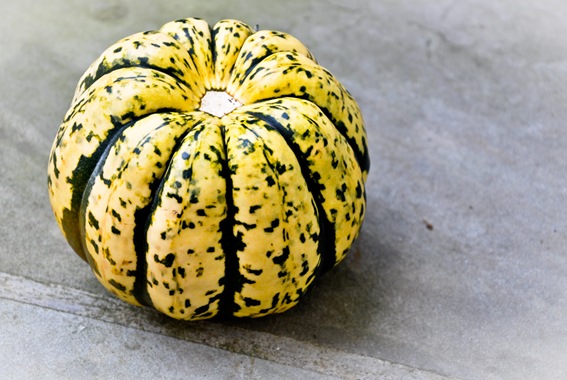
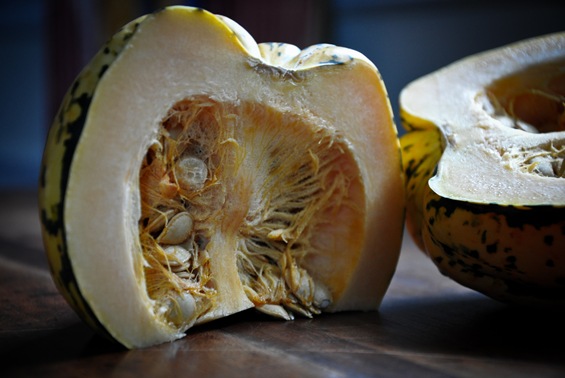
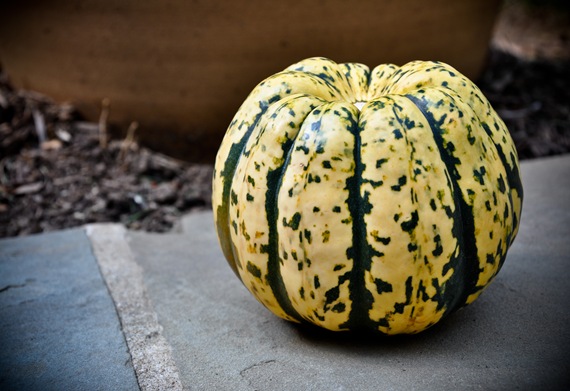
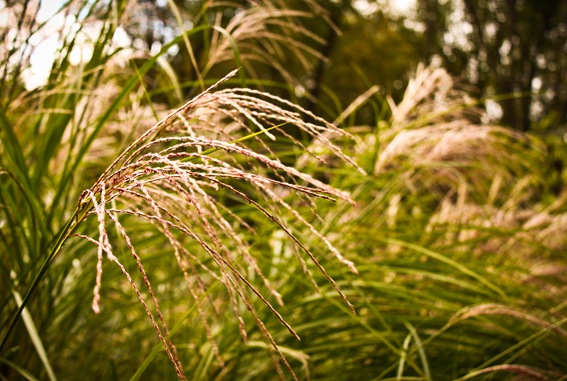
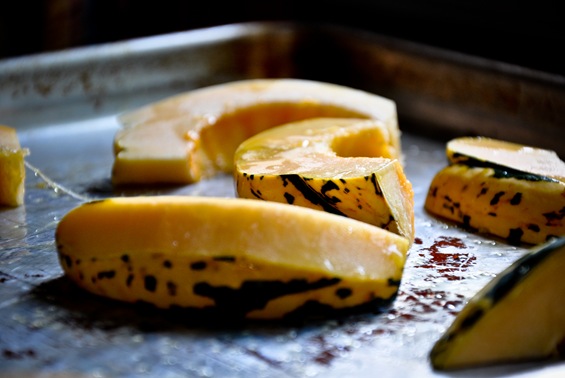
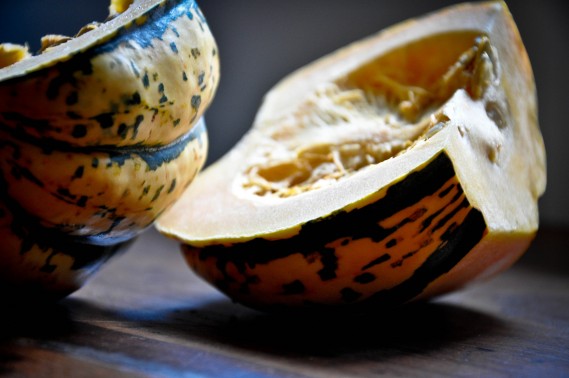
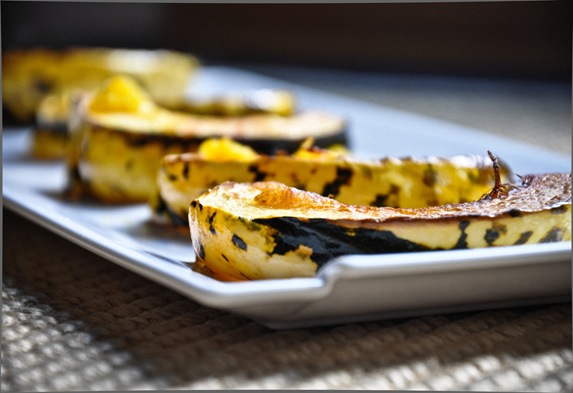
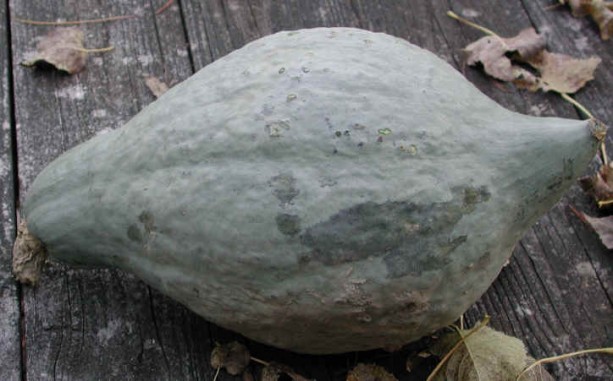
10 Comments on “Cooking 101: Introduction to Winter Squash”
[…] Looking for more fall-inspired posts? Check out last year’s Cooking 101: Introduction to Winter Squash post, a guide on how to choose, store, and cook all your favorite winter […]
Great! I love hearing that.
This post is awesome! I’m so intimidated by squash, but I think you may have swayed me.
Glad to hear that this post was useful! I learned a lot researching, so it’s a win-win. 😉
<3 Laura
That was super helpful information 🙂 Thank you for sharing 🙂
Jean— I don’t really know why you don’t see more of them. But I got this at my average supermarket (not specialty or Whole Foods), so hopefully you can find it!
Joslyn–Thank youu! Hehe, so far, no accidents. I should probably go knock on wood right now…
Tina–Thanks for visiting! I love how little similarities like this come out in the comment section, seems like a lot of us are terrified of winter squash knife mishaps. Don’t worry, I’m one of the clumsiest people you’ll ever meet! So glad to hear this post was useful.
Joyti–Let me know if you’re able to find it!
I didnt recognize it either, but what a beauty!
As always, I love your photos! And I got a good laugh out of the question about chopping squash. I totally fear losing an appendage whenever I put one of these suckers on my cutting board:)
What a pretty looking squash! I never tried carnival squash before, but I’ll be looking out for them from now on. They look delicious!
What a great post. The tips on how to pick out a squash and store them were helpful. And yep – I fear losing a limb while cutting squash. Yes, a limb. I’m pretty clumsy. LOL